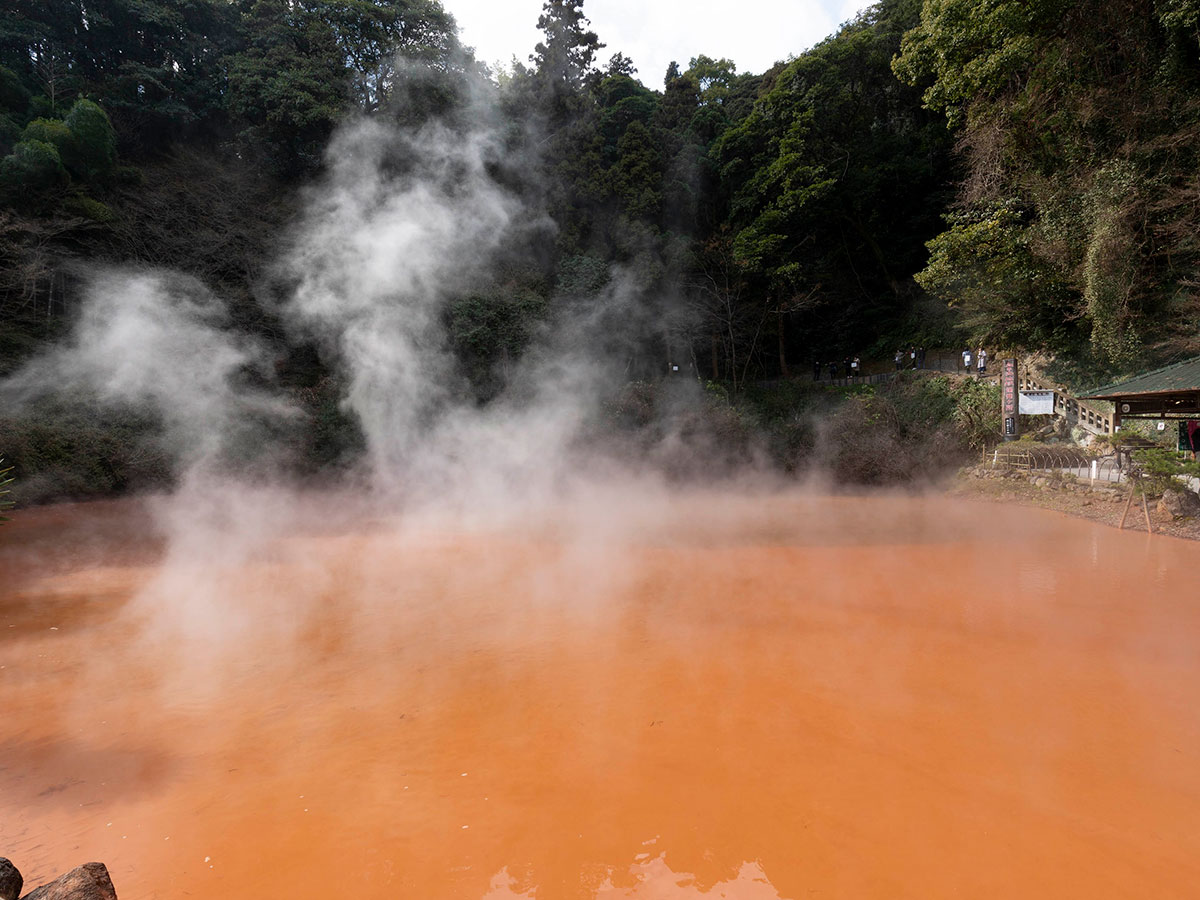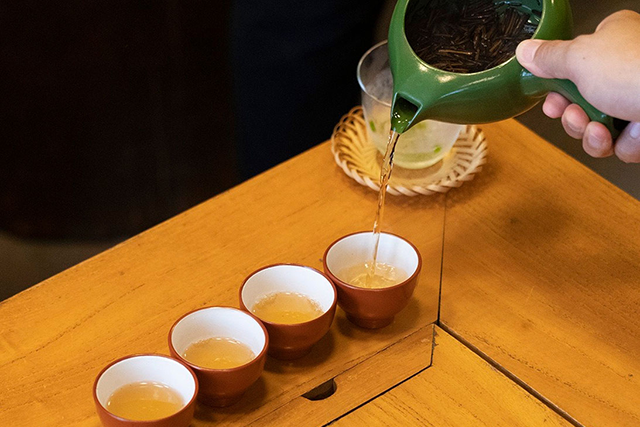Ontayaki no Sato
Ten kilns have inherited and passed on the tradition of Ontayaki through the families, from parent to child, over 300 years. The kaolin, dug out by the artisans themselves, is crushed in wooden mortars using hydropower from the river, and made into clay, which is then transformed into plates, pots, and other pottery items. After that, unique patterns such as "tobikanna" and "hakeme" are carved onto the items to produce a finished "Ontayaki" ware. All the processes continue to be carried out by hand through traditional methods. The reverberations of the kaolin have been selected as one of the "100 Soundscapes of Japan" that the country wishes to preserve.
More Information about Ontayaki no Sato
Street address
- 138-1 Motoemachi, Hita City, Oita (Ontayaki Ceramic art Museum)
Access
Route1
- Approximately 30 minutes by bus from JR Hita Station
Route2
- 16 km (30 min) via National Route 212, Prefectural Route 107 from Oita Hita IC
Opening Hours
- Varies by each kiln
Closed
- Closed on irregular days
Best season
- -
Point
- Free admission to Ontayaki Ceramic Art Museum
update: Sep.3.2024

Spots around
-

Beppu Jigoku Meguri (hell tour)
-

Mameda-machi
-

Nioza Historical Road
-

Usuki City's castle town walk (Nioza, Kani Shoyu, Kotegawa Brewery, etc.)
-

kunisaki Peninsula Minemichi Long Trail
-

African Safari
-

Usa Jingu Shrine
-

Kitsuki
-

Inazumi Underwater Cave
-

Kyushu OLLE (Okubungo Course)
-

Chikufusha (bamboo craft-making experience)
-

Sakuradaki Waterfall
-

Yaba Gorge, Nakatsu (Red autumnal leaves)
-

Fukashima Island
-

Yufuin Hot Spring
-

Ao-no-domon Tunnel
-

Kitchom san Village Green Tourism
-

Oka Castle Ruins
-

Usuki Stone Buddhas
-

Hita Hot Spring
-

Geo Experience
-

Nakano Sake Brewery
-

Showa Town
-

Hita Gion Yamaboko (Festival float) Hall
-

Beppu City Traditional Bamboo Crafts Center
-

Oita Airport
-

Kuju region
-

Futago-ji Temple








 About OITA
About OITA 




















